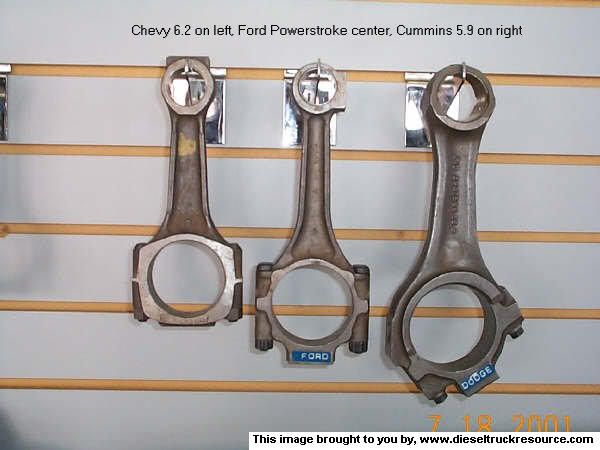That was a very informative post, thanks! I thought I knew alot about the 6.2's (having two of them) but you added a lot of knowledge as well!!
I dont know who's cummins dually is getting 23mpg unloaded. Im not saying its not possible, im just saying, that its for the most part, not probable. (Not to mention, there is no testing labs/EPA certifications for its mileage).
the cummins is a great motor- longevity, design, etc. Too bad as the sayin goes, the truck falls apart before the motor does. (the other saying is, too bad its in a dodge).
the 7.3 is the workhorse engine- Its definatly seen its share of work (partially because of very good commercial dealer incentives)- worked hard, idled for 24/7 days in ambulances, fire vehicles, etc.
the 6.0 seems good, but I dont hear as much of a good record- seems to be getting better.
the Duramax- Seems like a great engine, but GM couldnt put it in enough vehicles- like, the suburban. Or, the Express. Or, nevermind, you get the picture.
the 6.2 and 6.5's are light duty diesels- Designed with fuel economy in mind, they acutally are rated by the EPA to produce in the neighborhood of 22-25mpg, depending on configuration (such as 308 gears, half ton 2wd pickup). Rumor has it that they did have a 2wd blazer with the 6.2 with 2.42 gears or something rediculous like that).
They are hard working light duties, that return good mileage- I have 262k on one and 283k on the other. They will not have the power of anything modern, but they still haul plenty well.
The testiment to the 6.2 and 6.5's are the number of old ambulances, suburbans, H1's (and Humvees), and old school buses.





